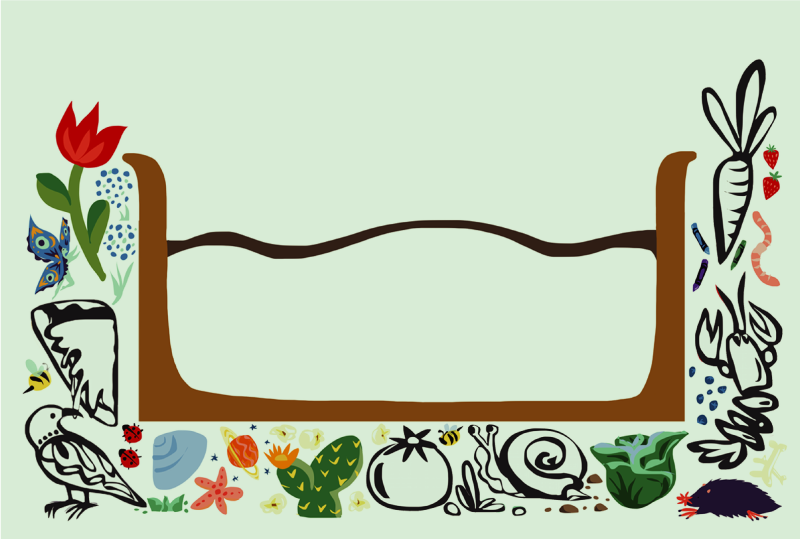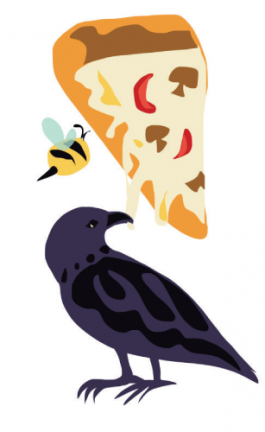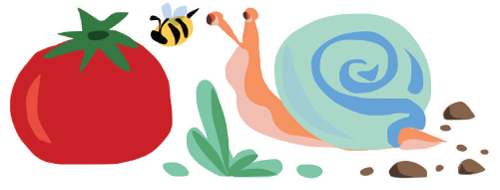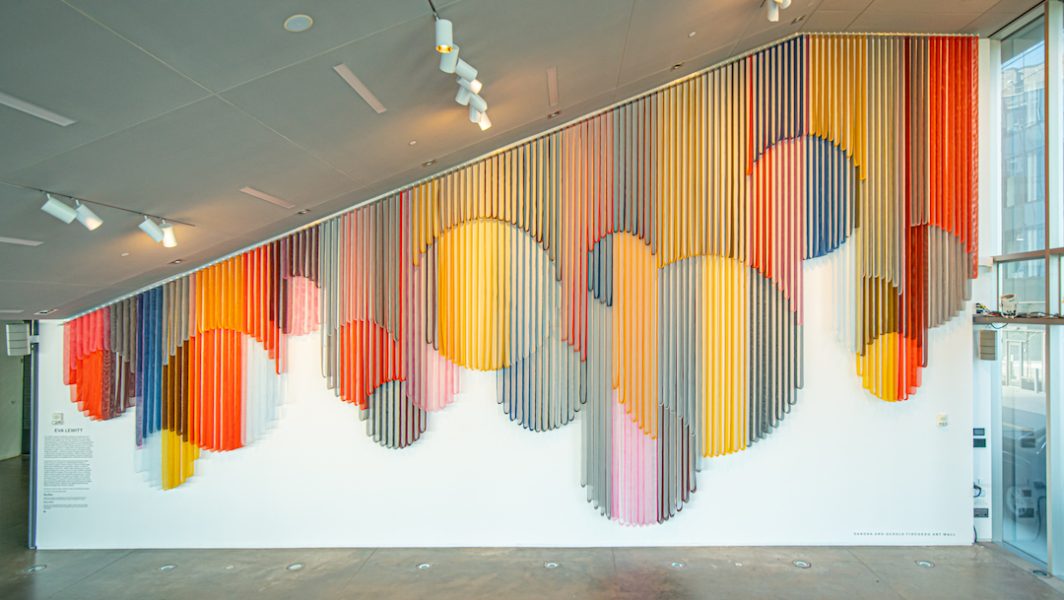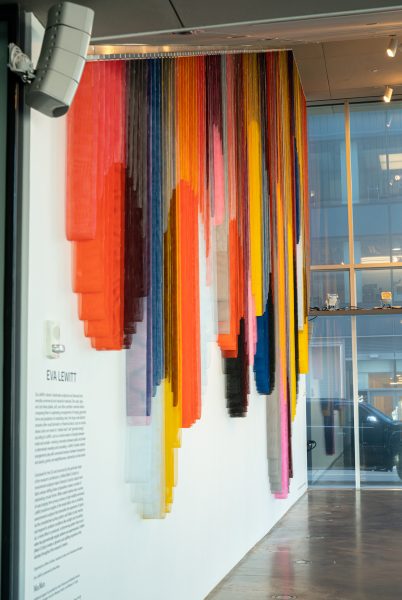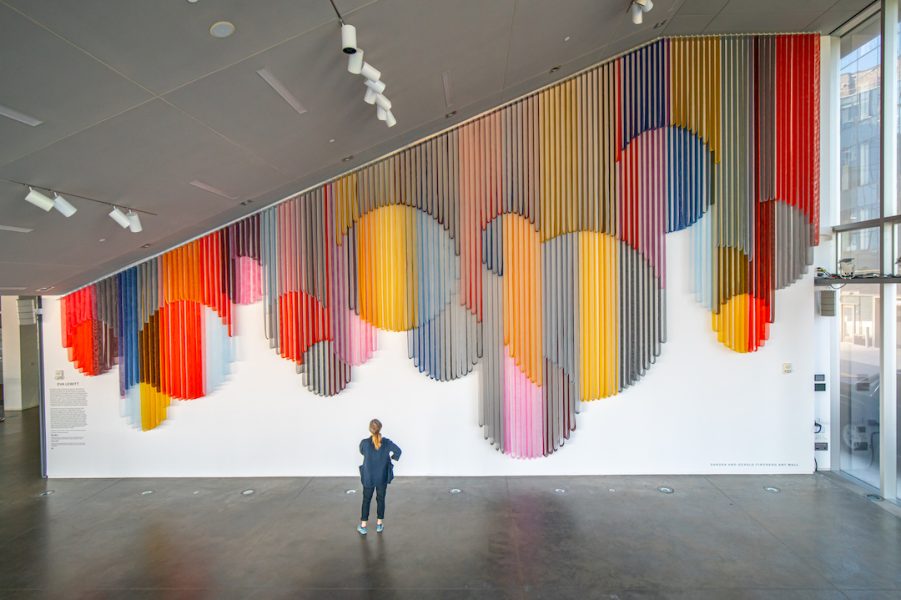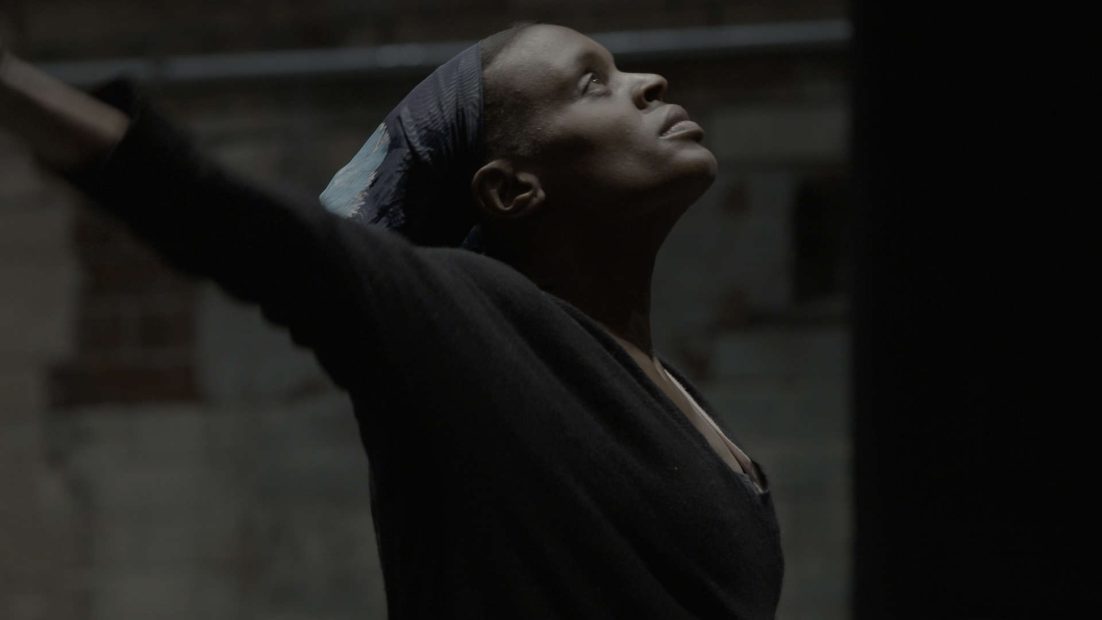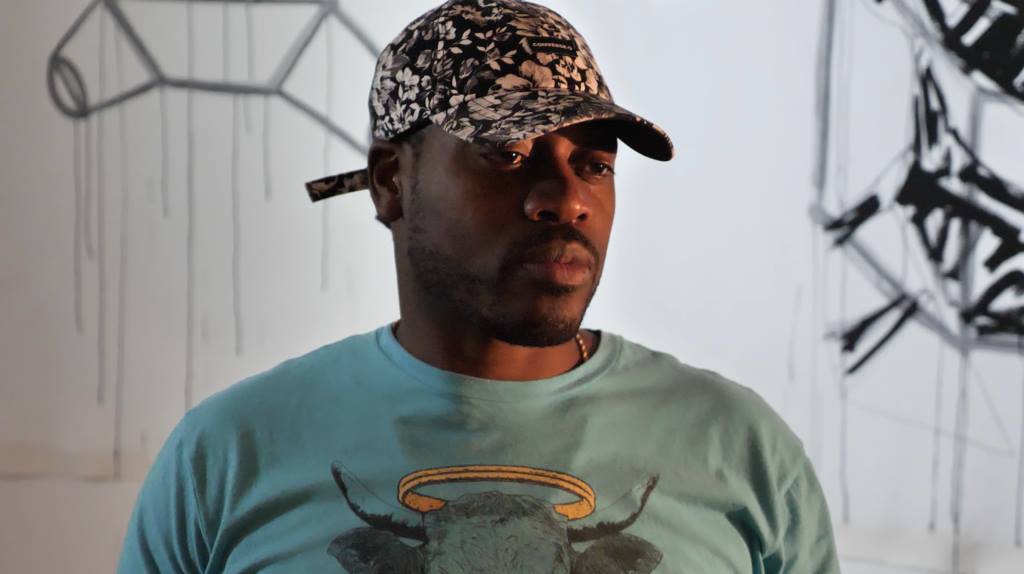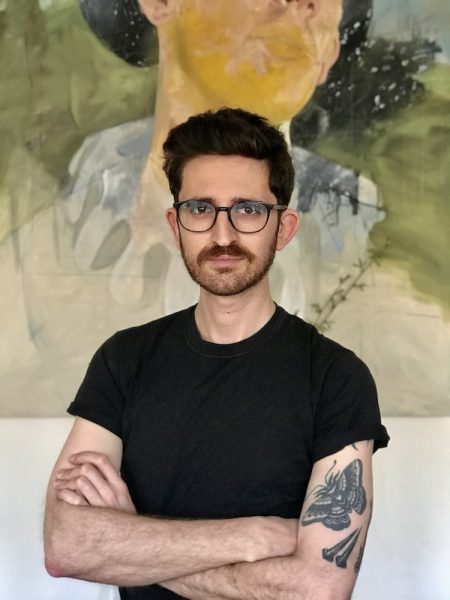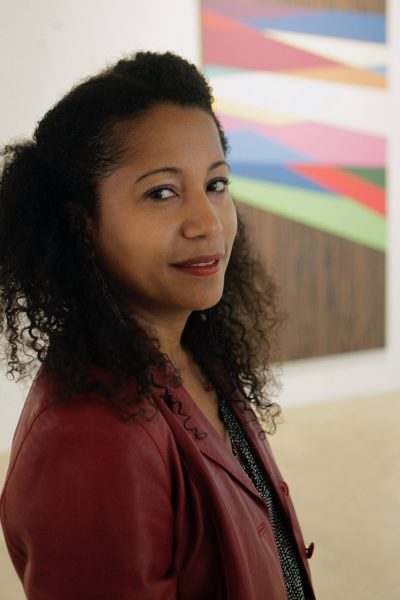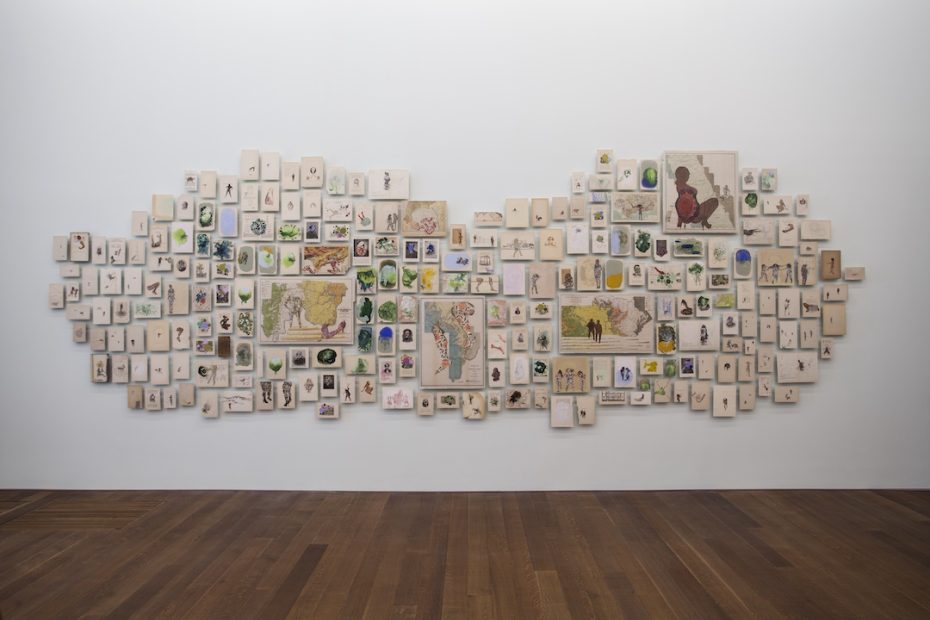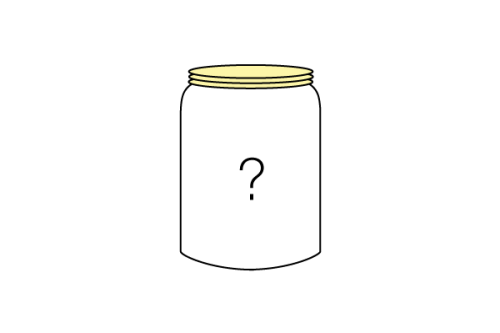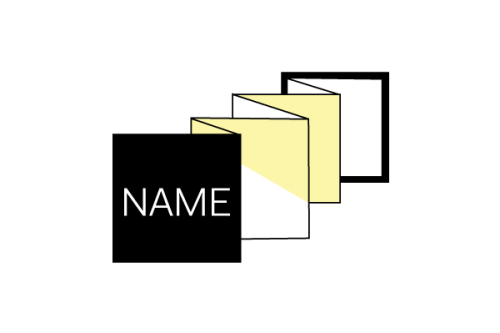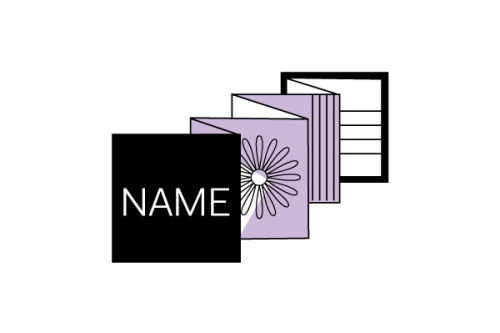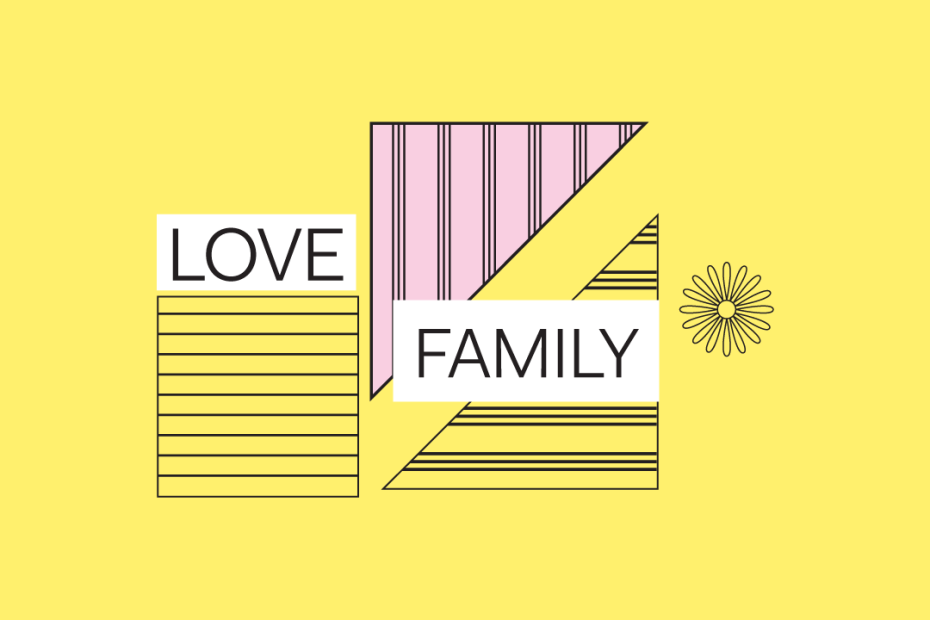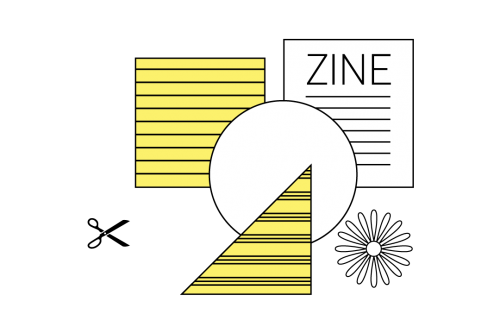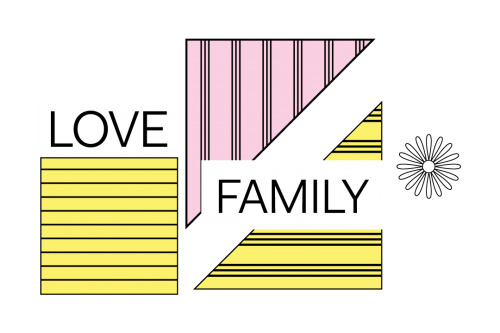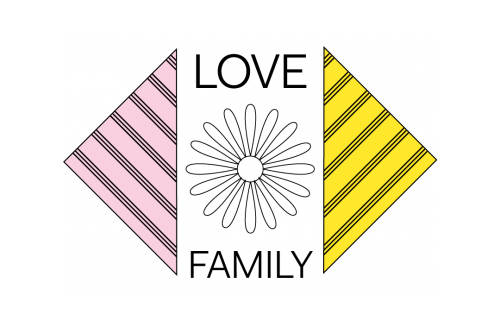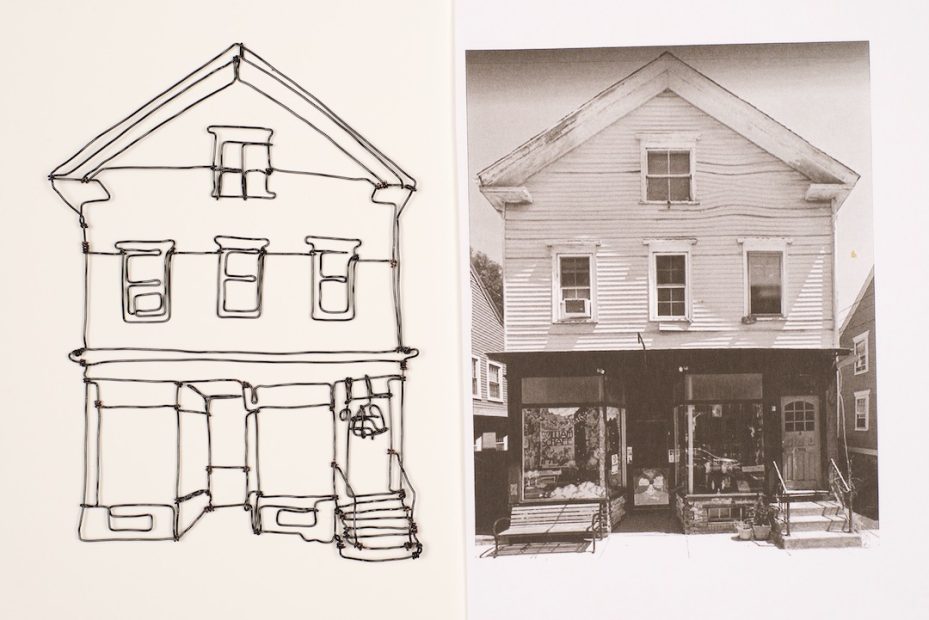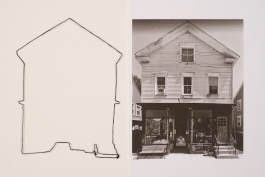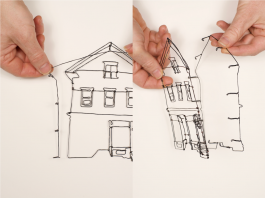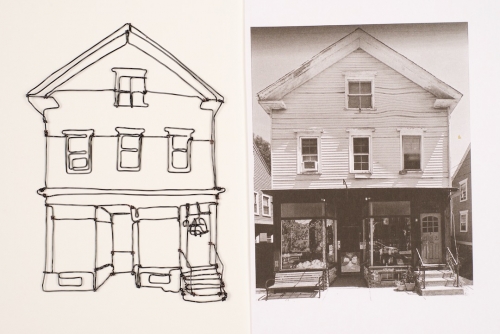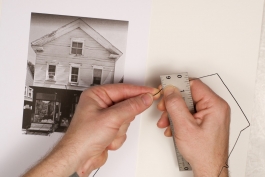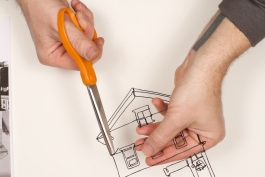(Boston, MA—February 26, 2021) Marlon Forrester, Eben Haines, and Dell Marie Hamilton have been named the recipients of the 2021 James and Audrey Foster Prize Exhibition, the museum announced today. This group of artists works in a diversity of media, including collage, painting, performance, photography, sculpture, and installation, with unique artistic practices that share the impulse to create connections with other artists through their work. Developed against the backdrop of the global COVID-19 pandemic, the individual projects reflect each artist’s approach to community and exchange. The 2021 James and Audrey Foster Prize Exhibition is organized by Jeffrey De Blois, the ICA’s Assistant Curator and Publications Manager, and will open to the public on August 25, 2021.
“We are grateful to Jim and Audrey Foster for their support which allows the museum the time and resources for the research and presentation of this important biennial exhibition,” said Jill Medvedow, the Ellen Matilda Poss Director of the ICA. “The works of Marlon Forrester, Eben Haines, and Dell Marie Hamilton help illuminate the way forward from the isolation and trauma of these troubled times.”
“The 2021 Foster Prize artists illustrate the creativity, vitality, and expertise of Boston’s artistic community, and we are very pleased to congratulate them,” the Fosters added.
To select the 2021 artists for the James and Audrey Foster Prize Exhibition, De Blois undertook extensive research, through sustained and ongoing conversations with artists and colleagues about their perspectives on the cultural fabric of the city and the different institutions and histories that continue to inform artists working locally. The presentations in the 2021 James and Audrey Foster Prize Exhibition will explore themes of collectivity, identity, memory, and history, as well as intergenerational artistic legacies in Boston.
James and Audrey Foster endowed the prize and the exhibition to nurture and recognize exceptional Boston-area artists. First established in 1999, the James and Audrey Foster Prize (formerly the ICA Artist Prize) expanded its format when the museum opened its new facility in 2006.
Artist Biographies
An artist and educator born in Guyana, South America and raised in Boston, Marlon Forrester (b. 1976, Georgetown, Guyana) makes artworks that take the representations and uses of the Black male body as a central concern. Forrester often employs themes and motifs drawn from basketball culture in paintings, drawings, collages, and multimedia works that explore ideas of transformation and ritual and questions around the mediation of the Black male figure in America. Following an influential return visit to Guyana, Forrester’s work increasingly examines the instability of identity and complex ideas of homeland for individuals of the Caribbean diaspora. Forrester holds a BFA from the School of the Museum of Fine Arts at Tufts University and a MFA from Yale University. He is a resident artist at the African-American Master Artist Residence Program (AAMARP) at Northeastern University. His work has been exhibited at such venues as University Hall Gallery, UMass Boston; Museum of Fine Arts, Boston; Edward M. Kennedy Institute for the United States Senate, Boston; The Ethelbert Cooper Gallery of African & African American Art, Harvard University; 808 Gallery, Boston University; Ajira, a Center for Contemporary Art, Newark, NJ; Montserrat College of Art Gallery, Beverly, MA; and The Museum of the National Center for Afro American Artists, Roxbury.
Born and raised in Boston, Eben Haines (b. 1990, Boston) investigates the life of objects through works that emphasize the constructed nature of history. Haines’s paintings, drawings, sculptures, and installations employ various techniques and materials to suggest the passage of time and volatility. Many works explore the conventions of portraiture, through figures and objects pictured against cinematic backdrops or in otherworldly scenes. Recent works consider themes such as housing insecurity and accessibility during the pandemic, especially Shelter In Place Gallery, a scale model gallery that has presented more than fifty exhibitions since March of 2020. Haines holds a BFA from Massachusetts College of Art and Design. His work has been shown at such venues as 13forest Gallery, Arlington, MA; AREA Gallery, Boston; Aviary Gallery, Jamaica Plain; Boston Center for the Arts; and GRIN, Providence. In 2018, Haines received a Massachusetts Cultural Council Artist Fellowship in Drawing. Shelter In Place Gallery received a Transformative Public Art grant from the City of Boston Mayor’s Office of Arts and Culture and the original model was recently acquired by the Museum of Fine Arts, Boston.
Dell Marie Hamilton (b. 1971, New York) works across a variety of mediums including performance, video, painting, and photography, using the body—often her own—to investigate themes of memory, gender, history, and citizenship. With roots in Belize, Honduras, and the Caribbean, Hamilton frequently draws upon the personal experiences of her family as well as the folkloric traditions and histories of that region in her work. Hamilton holds a BA in Journalism from Northeastern University and a MFA from the School of the Museum of Fine Arts at Tufts University. She has frequently presented her work at venues around New England, including Stone Gallery, Boston University; the Museum of Fine Arts, Boston; Hood Museum of Art, Dartmouth College, Hanover, NH; and Clark Art Institute, Williamstown, MA, where she became the first visual artist to present a performance artwork in their galleries. Her most recent curatorial project, Nine Moments for Now, which was presented at The Ethelbert Cooper Gallery of African and African American Art at Harvard, was ranked by Hyperallergic.com as one of 2018’s top 20 exhibitions in the U.S. In 2019, she presented work in the 13th Havana Biennial in Matanzas, Cuba. Along with her collaborator, Magda Fernandez, Hamilton is part of the U.S. Latinx Art Forum’s 2021 inaugural cohort of recipients of the Charla Fund, a Ford Foundation-sponsored initiative that provides grants to Latinx artists. A frequent performer in the work of María Magdalena Campos-Pons, Hamilton appears in Campos-Pons’s collaborative performance, When We Gather, which includes poetry and choreography from artists LaTasha N. Nevada Diggs and Okwui Okpokwasili.
About the ICA
Since its founding in 1936, the ICA has shared the pleasures of reflection, inspiration, imagination, and provocation that contemporary art offers with its audiences. A museum at the intersection of contemporary art and civic life, the ICA has advanced a bold vision for amplifying the artist’s voice and expanding the museum’s role as educator, incubator, and convener. Its exhibitions, performances, and educational programs provide access to the breadth and diversity of contemporary art, artists, and the creative process, inviting audiences of all ages and backgrounds to participate in the excitement of new art and ideas. The ICA is located at 25 Harbor Shore Drive, Boston, MA, 02210. The Watershed is located at 256 Marginal Street, East Boston, MA 02128. For more information, call 617-478-3100 or visit our website at icaboston.org. Follow the ICA at Facebook, Twitter, and Instagram.
The exhibition and prize are generously endowed by James and Audrey Foster.
